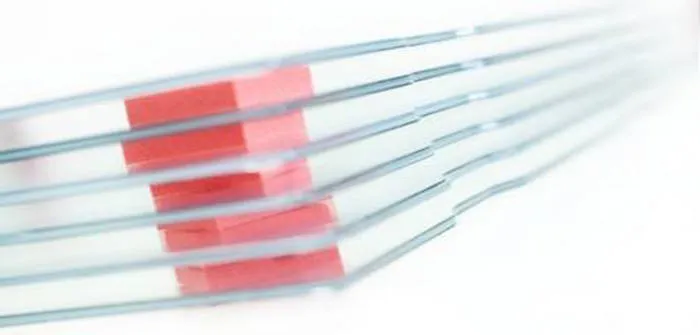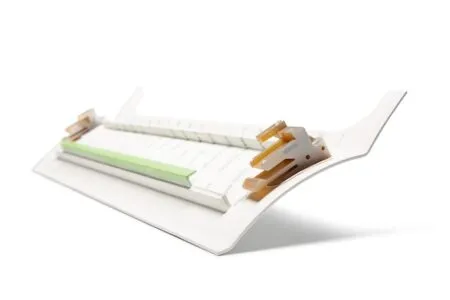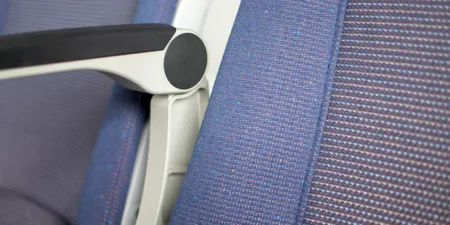July 1, 2015 – A Dutch aviation glass company has received the first ever aviation authority approval on ultra-thin, lightweight glass mirrors and panels for aircraft cabin interiors. The European Aviation Safety Agency (EASA) has issued a Supplemental Type Certificate (STC) for the installation of AviationGlass & Technology’s AeroGlass Lens to replace all protective inner window panes in the passenger cabin, as well as its AeroGlass Mirror for lavatory finishes in a Falcon 900 business jet. The company has also received a Production Organization Approval (POA) Certificate from EASA, certifying that its production facility in Voorthuizen, The Netherlands, has the required quality system in place permitting it to supply products globally to the aviation industry (in compliance with EASA Part 21G).
To obtain the STC, the AeroGlass Mirror and AeroGlass Lens had to successfully pass EASA safety tests, including the 21 joules ball impact test, abuse load tests, and head impact tests to ensure that the glass can safely withstand forceful contact.
AviationGlass & Technology says that AeroGlass is up to 50% thinner and 25% lighter than traditional polycarbonate products while still being robust as well as scratch and UV-resistant. Benefits to passengers include having a better view of the world outside, as the panels (and mirrors) are 99.9% transparent.
AeroGlass is available as AeroGlass Mirror, ideal for lavatory finishes and other mirror applications, AeroGlass Lens, a scratch-resistant inner window panel, and AeroGlass Interior, for interior doors, bulkheads and kitchen appliances.
John Rietveldt, CEO of AviationGlass & Technology, said, “These EASA certifications are significant for the industry as, since 2010, more stringent conditions apply to permit the use of glass inside aircraft cabins and this is the first time any aviation authority has approved the production and installation of such lightweight glass for the interior of an aircraft. For us it also represents a solid step forward in the realization of our vision to upgrade aircraft cabin interiors while guaranteeing safety, which remains of paramount importance.”





